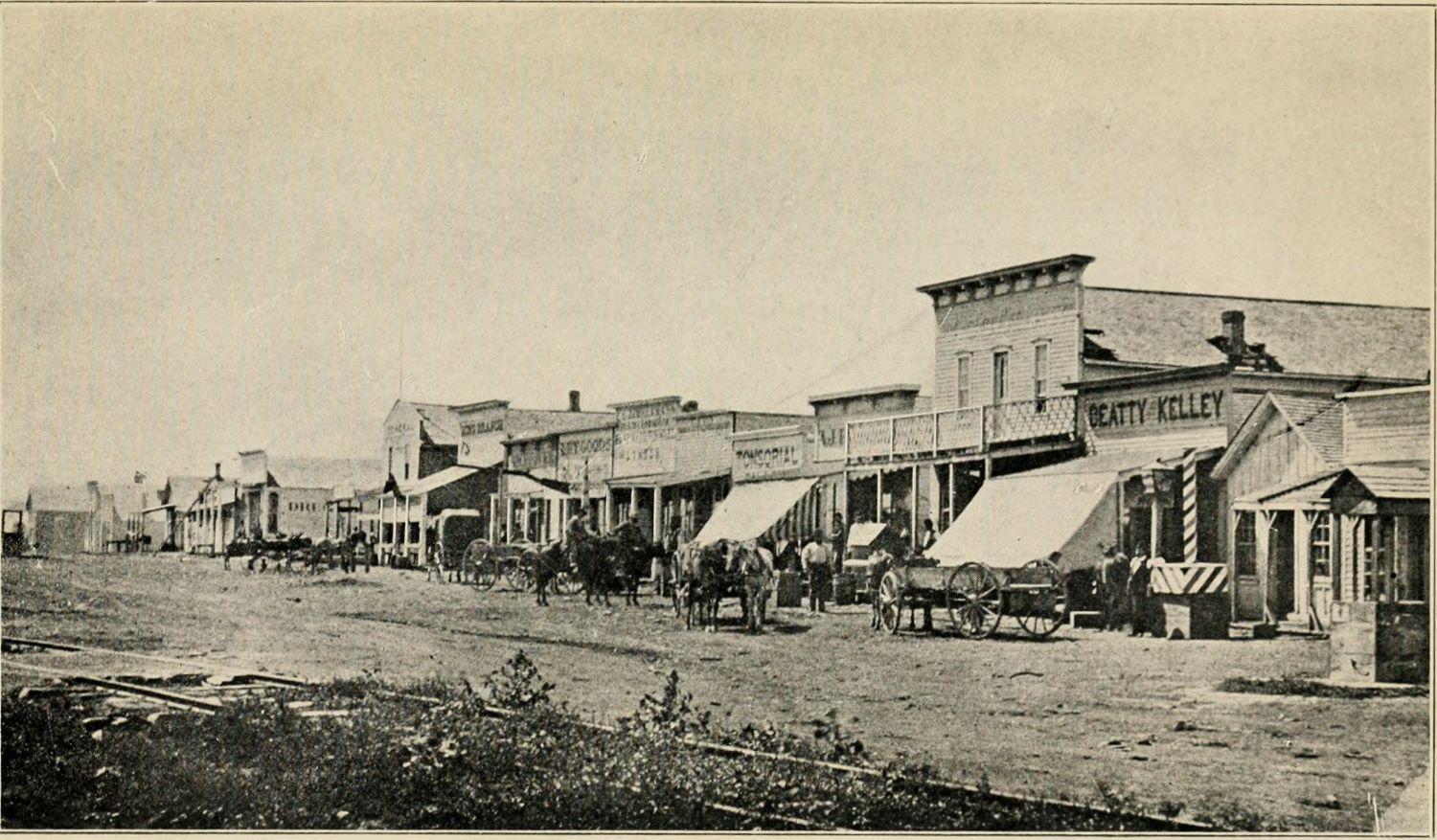Dodge City, Kansas, was established as a hub for buffalo hunting, but its fortunes changed dramatically after the arrival of the Santa Fe Railroad. The town quickly became a key destination for cattle, with a peak of eight million cattle passing through in 1884. However, this period also saw an increase in vices like prostitution, liquor, gambling, and lawlessness, which were promoted by the town's business interests that controlled the city. These businesses were willing to pay legal penalties for these activities as they made huge profits from them. As a result, Dodge City gained a reputation as the "Cowboy Capital" and the "Queen of the Cowtowns." The town was home to famous lawmen like Wyatt Earp, Doc Holliday, and Bat Masterson, who contributed to the nearby Boothill Cemetery's notoriety. For decades, Dodge City attempted to shake off its violent reputation, but in the 20th century, it began to embrace its past. Now, tourism is a major part of the local economy.
Dodge City, Kansas, was established as a hub for buffalo hunting, but its fortunes changed dramatically after the arrival of the Santa Fe Railroad. The town quickly became a key destination for cattle, with a peak of eight million cattle passing through in 1884. However, this period also saw an increase in vices like prostitution, liquor, gambling, and lawlessness, which were promoted by the town's business interests that controlled the city. These businesses were willing to pay legal penalties for these activities as they made huge profits from them. As a result, Dodge City gained a reputation as the "Cowboy Capital" and the "Queen of the Cowtowns." The town was home to famous lawmen like Wyatt Earp, Doc Holliday, and Bat Masterson, who contributed to the nearby Boothill Cemetery's notoriety. For decades, Dodge City attempted to shake off its violent reputation, but in the 20th century, it began to embrace its past. Now, tourism is a major part of the local economy.


